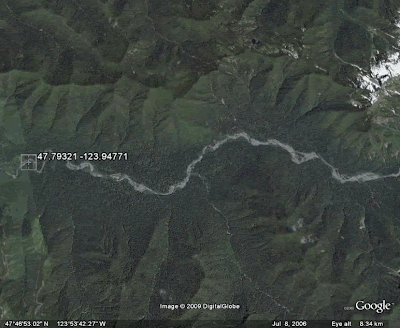This is a work in progress…
This piece rapidly changes pace from fast to slow, alternative the finger piano, marmiba, and slide vibraphone parts from sixteenth notes to eighth notes, with several 3 against 4 against 6 against 8 rhythms. The tempo also shifts, very gradually, from one tempo to another, by about 30% up and down. It ends about 60% slower than it started.
The pitch also shifts. It starts in the key of A minor, but drops by one 53-TET step every 30-60 seconds. The shifts are difficult to perceive. It’s as if you suddenly notice that you are not where you thought you were. Over the course of the ten minutes the tonality drops by 22 steps, to a fourth below A, ending at E.
The tonality is the utonality to the 15 limit. In ratios, they are 24/(16,20,24,14,15,18).
The vibraphone, marimba, and finger pianos play repetitive rhythmic patterns,
while the french horn, clarinet, and oboe play a descending melody, answered by a inverse melody later in the piece.
The overall theme is of descending a river, with fast and slow sections, some complex, some serene, but always moving downhill.





